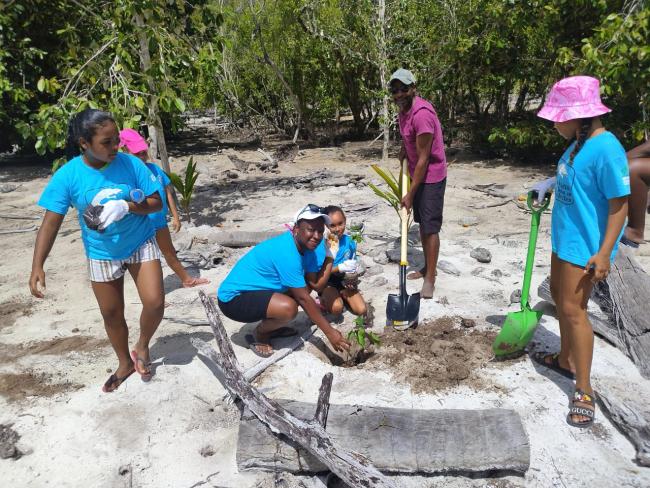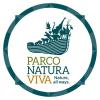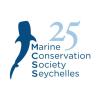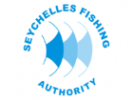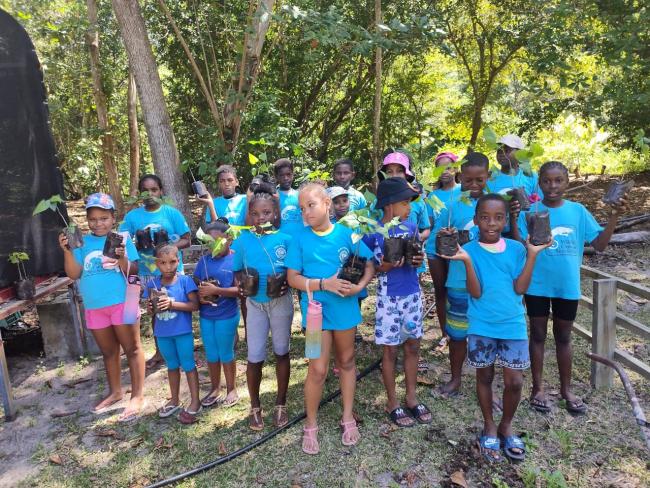
Baie Ste. Anne Primary Eco-School Discovers Curieuse Island Mangrove Forest
Baie Ste. Anne Primary Eco-School Discovers Curieuse Island Mangrove Forest
To commemorate the International Day for the Conservation of Mangrove Ecosystems, the Seychelles Parks and Gardens Authority (SPGA), hosted the Baie Ste Anne Primary School- Eco-School Club to yet another educational visit to the neighbouring Curieuse Marine National Park on Saturday 22nd July.

On 26th July globally, we commemorate and honour the International Day for the Conservation of Mangrove Ecosystems. On this Day it is an opportunity which allows us all to reflect upon the invaluable significance of these remarkable ecosystems and further allows us to renew our commitment towards their protection and restoration. Bridging marine and terrestrial environments, mangrove ecosystems provide vital benefits for the well-being of our planet. We therefore, continue to raise awareness about their importance and inspire collective action to protect and restore such fragile ecosystems. Mangroves serve as essential habitats for an array of marine and terrestrial species. They offer refuge to countless fish, crustaceans, and birds, providing them with breeding grounds, feeding areas, and protection from predators. In this way, mangroves play a critical role in maintaining biodiversity and preserving the delicate balance of coastal ecosystems.
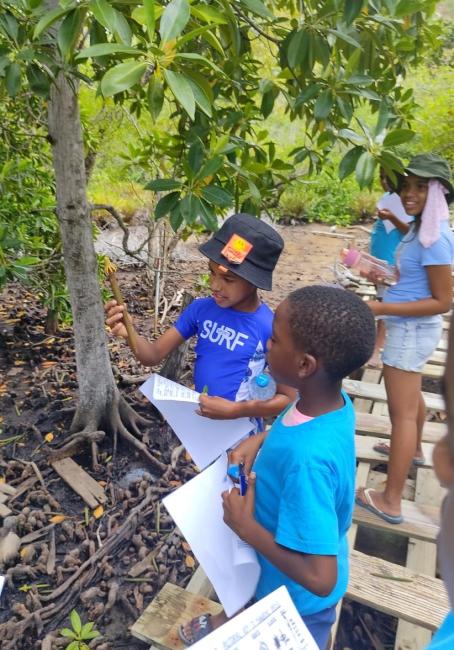
Although the visit was not the first conducted by some of the students this year, members of the club remain excited and eager to understand the various ecosystems found on Curieuse. Students, accompanied by the Eco-School leader Mrs. Karen Port-Louis, parents and teachers were able to learn more on the vast mangrove forest found on the Island. Guided by ranger Shira, she shared the importance, benefits and threats faced by mangrove ecosystems, especially to the mangrove forest on the Island itself, such as pollution and climate change. Curieuse is home to 5 mangrove species: Red Mangroves, Grey or White Mangroves, Cannon-ball Mangroves, Black Mangroves and Oriental Mangroves. During their visit, students also took part in a session of mangrove identification, trying to spot these 5 species. Wrapping up the day, participants engaged in a tree planting of “Bois de Rose” and a beach clean-up was also on the itinerary.
